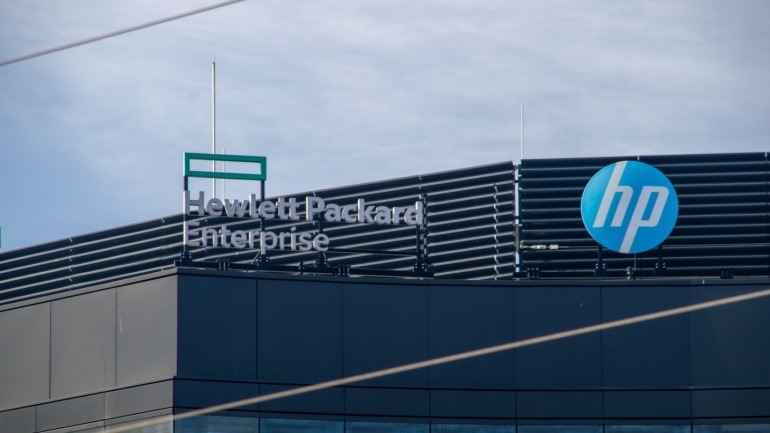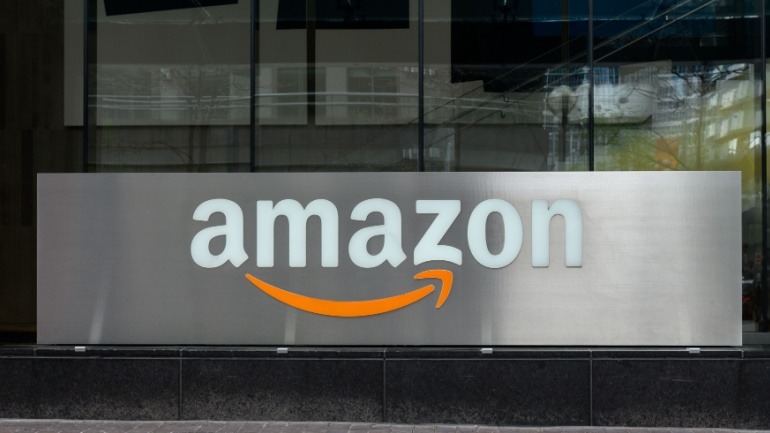The users of UK’s mobile virtual network operator (MVNO) Sky Mobile recently experienced signal disruptions. As reported by anonymous sources to The Financial Times, this interruption in service resulted from the removal of Huawei equipment from Sky’s network core. This removal was directed by the government to be accomplished within the year.
These outages, which left some customers without mobile internet access and others devoid of any signal, reportedly occurred in May and June. It ties back to the UK government’s 2020 decision to eliminate Huawei equipment from the nation’s mobile networks. Patterned after similar action taken by the US, the UK government argued that the Chinese equipment provider posed a risk to national security.
Such a movement sparked skepticism from the UK’s mobile network operators. They countered by saying this shift would displace necessary equipment and its replacement would create substantial disruption. This, in turn, would lead to considerable expenses and potentially postpone their roll out of the new age 5G infrastructure.
Indeed, the respected telecom operator BT initially claimed that adhering to the government’s directive could lead to an exorbitant expenditure of up to £500 million spread over five years. Nevertheless, they later minimised this figure when the government granted them more time to remove the equipment.
The government finally issued a formal directive last year following various revisions. The operators were tasked to rid their networks of Huawei technology by 2027 and from their networks’ more vulnerable core by the end of 2023.
Sky Mobile, functioning as an MVNO, offers mobile services over O2’s infrastructure but also incorporates their own networking equipment. “Sky is fully complying with government requirements on our mobile network, whilst making every effort to ensure we limit any potential impact on customers,” stated Sky in response to the FT.
Nonetheless, Sky isn’t the lone UK operator still exhausting Huawei equipment from its network. BT (EE) significantly initiated this process back in 2021. Vodafone, on the other hand, suggested that some of its removed Huawei equipment would be replaced with Open RAN alternatives.







